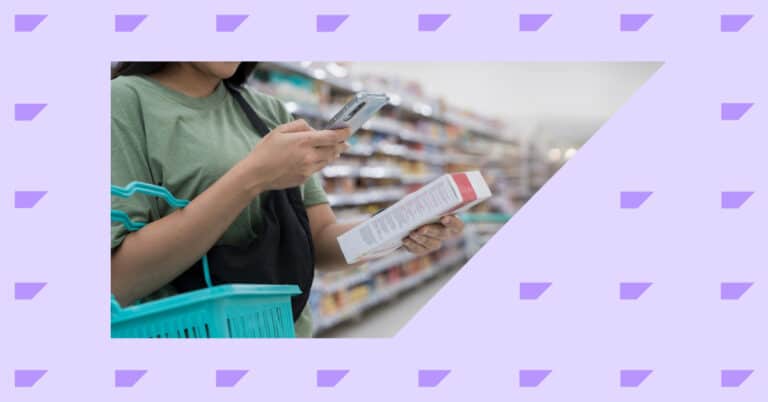Compared to pure-play brands, classic retail has been devastated by the economic fallout of COVID-19. Brands who have been slow to build digital channels are having a terrible time now. J. Crew recently declared bankruptcy. Burlington, Dollar Tree, TJ Maxx, and Marshalls have all shunned e-commerce and are now paying the price.
But even retailers who have invested in online are facing challenges they never thought they’d see. E-commerce is vital not just for growth; it’s the only way to survive the economic downturn of a global pandemic.
Frasers Group, a £4 billion company in the UK, has traditionally counted on in-store shopping to bring in most of their revenue. That model has now been turned upside down by COVID-19.
So how is the brand coping?
Brick-and-Mortars Hit the Hardest
Once pandemic restrictions went into effect, Frasers Group took the first hit and closed their brick-and-mortars. With the majority of their revenue coming from stores, this put the brand in a vulnerable place.
The brand had to quickly reevaluate staffing and consequently furloughed many employees. They not only lost their main revenue stream, but they also had to seek out new streams with a smaller team.
Yet Online Revenue Is Growing
Like many businesses at the moment, Frasers Group has encountered a big increase in online purchasing, and they’ve been able to manage the influx because the brand was well prepared for a digital shift in consumer behavior.
Thomas Tregelles, Group Head of E-Commerce for Sports Direct, describes how Frasers Group has leaned into the digital shift:
“Agility has been key. For some brands the tightening of resources and the turbulent macro environment could bring e-commerce strategies to a halt. But even with a leaner team, Frasers Group has seen digital growth mostly by leveraging automation and making real-time adjustments to best convert customers. The luxury consumer, if confident in their financial position, continues to spend with their perceived higher disposable income, which has been felt across the digital landscape.”
Frasers Group had a sound strategy in place to expand e-commerce. Now that they’ve had to shift everything online, Frasers Group’s platform has made the difference, offering the team the agility to adapt and scale at speed.
Post-COVID-19
It remains to be seen how retail will rebound once restrictions are lifted and stores open again. However, Frasers Group is already planning how to drive offline sales. Perhaps the greatest lesson they’ve learned is that there’s no reason to consider online and offline sales as separate revenue streams anymore. Profitability, in-store average order value, purchase frequency, and loyalty will be driven by all channels.
Thomas Tregelles anticipates that stores will see a temporary big increase in footfall post-pandemic as going into a store will become “a new thing to do” for people who have been locked away for weeks.
Handpicked Related Content:
- 5 Takeaways Learned from COVID-19’s Impact on Consumer Behavior and Global E-Commerce Trends
- Using Data, Marketing Agility, and Omnichannel Personalization to Navigate Trends and Drive Results During COVID-19
- How Retail and E-Commerce Brands are Finding New Opportunities in Their Data Sets (and Driving Business Results)












